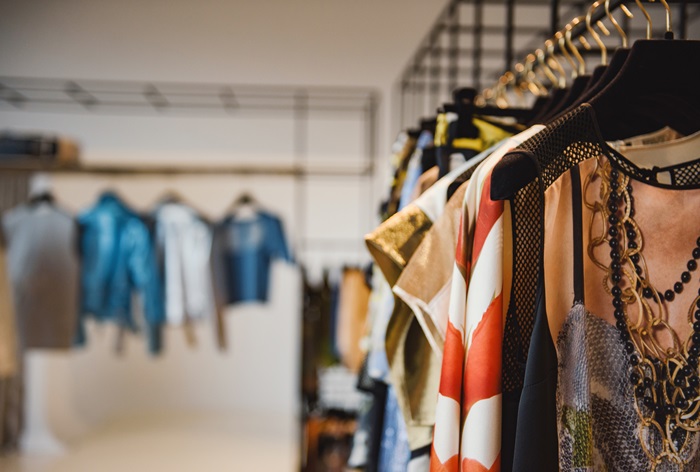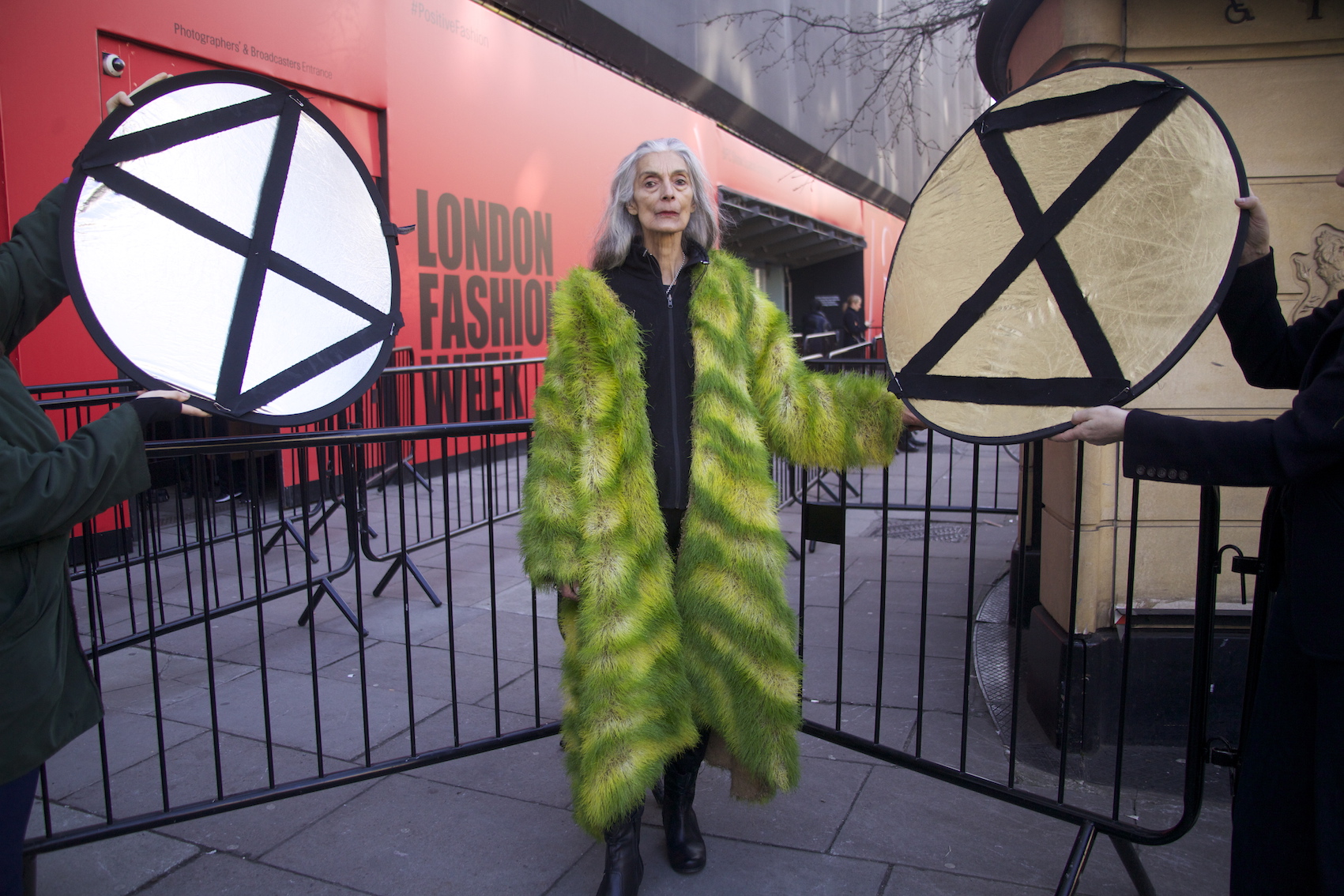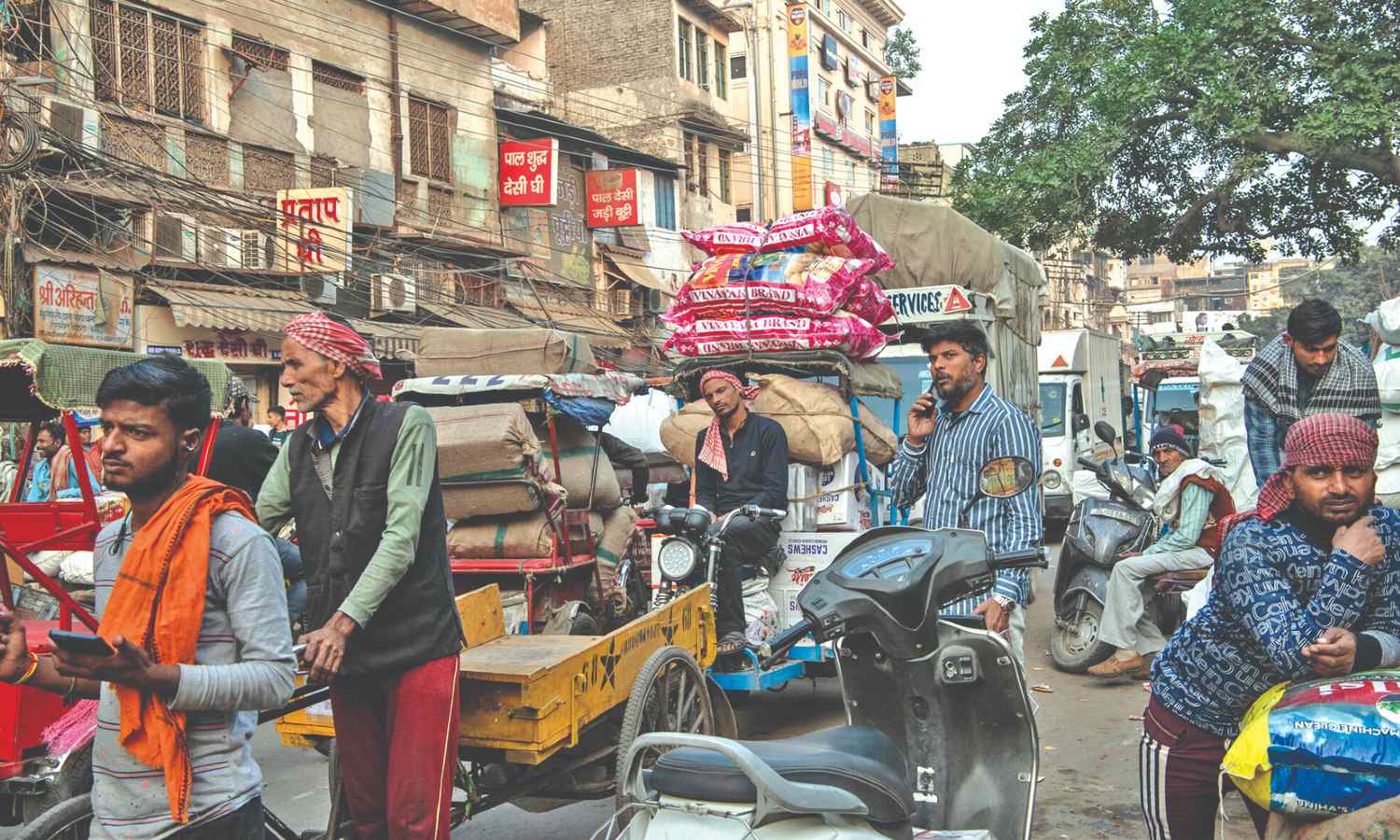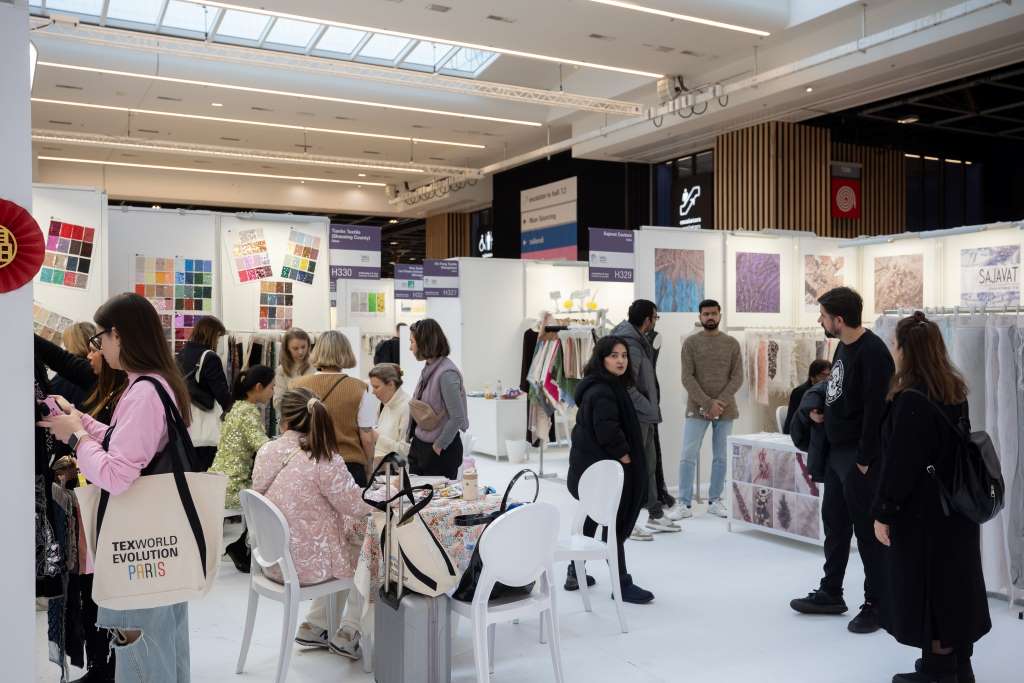FW
In 2014 Farm Bill debate, the US cotton industry was relegated to the sidelines, because of the adverse rulings in the WTO case, Brazil brought up against the US cotton programme in 2002. Gary Adams, President and CEO, National Cotton Council testified at a House Agriculture Committee hearing on October 21 that the Council does not want this to happen again. Dr Adams said that for the 2015 crop year, India will be the largest cotton producer, surpassing China for the first time. Before 2004, India generally produced between 10 million to 14 million bales. Starting in 2004, India significantly increased production to 19 million bales and has continued to increase each year since (to 29 million bales for 2015-16), he added.
The Minimum Support Price (MSP) operated by the Cotton Corporation of India is based on seed cotton production. The MSP equates to a cash price of between 70 and 80 cents per pound or 20 to 30 cents per pound above the US cotton loan rate. Besides, the Indian government also provides subsidies estimated at more than $9 billion a year for fertiliser for cotton and other crops. However, with the $1.40 per pound China was paying its producers for cotton two years ago.
More than 50 million bales of cotton are amassed in government reserves because of China’s support system, which are likely to have an impact on world cotton prices for years to come. Though developments in India, China, Pakistan, and other cotton-producing nations are underway, some of these entities are expected to impact the US cotton programme when the World Trade Organization holds its 10th Ministerial Conference in Nairobi, Kenya, next month.
According to a latest report by International Cotton Advisory Committee (ICAC) subsidies provided to the cotton sector, including direct government support to production, border protection, crop insurance subsidies, and minimum support price mechanisms are estimated at a record $10.4 billion in 2014-15 compared to $6.5 billion in 2013-14.
Subsidies to the cotton sector in one form or the other were provided by 12 countries, viz. China, India, Turkey, the US, Greece, Brazil, Spain, Mali, Burkina Faso, Colombia, Ivory Coast, and Senegal during the 2014-15 season. As per the report, these subsidies averaged 22 cents per pound, up from 15 cents per pound in 2012-13.
There has been a strong negative correlation between subsidies and cotton prices since 1997-98, when the ICAC Secretariat first began reporting on government measures in cotton. Subsidies tend to dip in years when prices are high, and when they are low, subsidies tend to rise. The report stated that this relationship was maintained during 2014-15 as well. The Cotlook A Index declined from an average of 91 cents per pound in 2013-14 to an average of 71 cent per pound in 2014-15, and subsidies provided to cotton growers increased.
Minimum support price programmes were triggered during 2014-15 because market prices fell below the government intervention prices, in some countries such as India and Brazil. While some other countries provided subsidies for cotton inputs in 2014-15.
The 136-year-old Mulji Jetha market in Mumbai, among the largest textile bazaars in Asia, is dotted with hundreds of wholesale stores and some retail ones too. Crowded with customers all day, today the market is flooded with Chinese textiles instead of fabrics from the country’s traditional textile hubs. Premal Udani, Managing Director, Kaytee Corp an apparel manufacturer that supplies to Walmart, says that Mulji Jetha hardly had any imported items 25 years ago. However, now there are hardly any local textiles. He believes the issue is critical for fabric compared to apparel. The Chinese onslaught, or flooding of cheap Chinese items, is yet to happen in the apparel sector. However, he fears that apparels will be the next to face the onslaught from China.
He also feels that the government needs to not take a long-term approach regarding this and if it doesn’t do something soon, one may have to face the risk of organised mills going extinct in 10-15 years. The textiles sector employs the maximum workers after agriculture in the country. Prime Minister Narendra Modi wants the sector to triple in size, from the current $110 billion to $300 billion by 2020. Rajeev Gopal, Chief Marketing Officer at viscose staple fibre maker, Birla Cellulose, points out says that the Indian textile industry is facing serious threat from China, and even Indonesia, across the value chain—from fibre to yarn to fabric and even garments—because of dumping at very low prices. The sector generates a large employment and is also a huge foreign exchange earner. Gopal too believes that the government needs to safeguard the Indian textile industry.
Pakistan’s textile and garments sector has emerged as the sole beneficiary of preferential access to the 28-nation European Union under the GSP Plus scheme. From January to July 2015, the value of garments exports to EU witnessed a growth of 26.78 per cent in euro terms. In quantity terms, exports of garments increased by 6.48 per cent.
In euro terms, exports of home textiles witnessed a growth of 17 per cent. Exports of cotton and intermediary goods of textiles dropped by 19.5 per cent. The decline was also witnessed in terms of quantity, which dropped by 8.1 per cent. Exports of total textiles dropped by 4.75 per cent during January to July 2015 over the corresponding period of last year. Carpet and rug exports dropped by 7.06 per cent during January to July 2015, over the corresponding period of last year. Textiles alone constituted around 80 per cent of total exports to the EU during January to July 2015.
Pakistan was granted GSP Plus in 2013. In the first year of the GSP Plus scheme, Pakistan’s exports to EU reached 7.52 billion dollars in calendar year 2014 from 6.22 billion dollars over 2013, an increase of 21.24 per cent.
Yarn manufacturers in Pakistan are accused of having formed a cartel across the country. Yarn rates have gone up to Rs 1,200 per 100 pounds bag from Rs 800 since the imposition of 10 per cent R&D on import of yarn and fabric, a hike of 50 per cent in a week.
Though the implementation of another 10 per cent duty on yarn would start from the next month, even the consignments booked in advance are being blocked, while local manufacturers have directed their dealers to stop floating new orders till the imposition of the additional tax.
Pakistan’s spinning sector makes a value addition of 59 per cent, while the performance of value addition by the woven garment sector is 846 per cent and hosiery and knitwear garments 616 per cent. The country’s exports have declined from 10 per cent in August 2015 to four per cent in September 2015.
The apparel sector already has a very limited production line owing to lack of latest fabric varieties at the local level. The harsh duties would result in a significant decline in apparel exports. Non-utilisation of cheap raw material from China and India will force foreign buyers to move to neighboring countries.

Fashion, a big pollutant
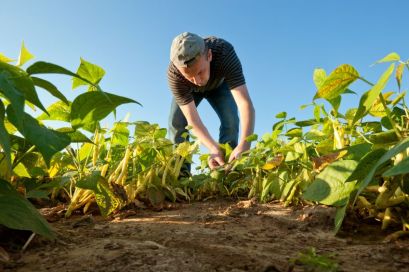
A few brands, such as Patagonia are truly committed to the cause of sustainability and ethical sourcing. Yet, most apparel chains today are no better than they were in the 90's, when sweatshop exposés triggered a wave of outrage among consumers. In fact, today, the supply chains are more replete with human abuse with most clothing products still being produced in horrendous and life-threatening conditions, and by exploited labourers who are often trafficked workers or children.
Besides, as per the World Bank, textiles are the second largest contributor to global water pollution. A 2013 report by Danish Fashion Institute had stated, the apparel industry is only second to oil when it comes to environmental impact as a whole. Natural fibres such as rayon and viscose contribute to the destruction of ancient rainforests, while synthetic fibres such as polyester are derived from petrochemicals. Thus, the problems are manifold in nature.
However, initiatives such as Accord on Fire and Building Safety in Bangladesh, and non-profits such as Canopy and Verité, campaigns such as Fashion Revolution Day, and a new documentary film, The True Cost, are creating awareness among consumers and are seeking change. Social entrepreneurs too are coming up with fresh approaches that could help the apparel industry truly clean up its act and achieve both style and substance.
Three points to help sustainability
Entrepreneurs have three reasons to be optimistic about the future of fashion. They believe that more industries can get involved in ending human trafficking in the industry. This means, more players, such as transportation, finance, health, and agricultural R&D, etc, if get involved in resolving this issue, it would work. They can activate a network of industries, solve sustainability issues in fashion, which could potentially be accomplished more effectively and with fewer resources.
Next, empowering workers to make supply chain traceability a reality would also help. Multiple tiers of contractors and brands that care about sustainability are a part of modern supply chains. These often only have full transparency with tier-one suppliers. The fourth and fifth tiers are almost impossible to track labour conditions. However, LaborVoices enables workers to send real-time data on working conditions through their mobile phones. The system, which is available in 50 countries, also helps workers access information on their rights and how to resolve workplace grievances.
Consumers have limited options when it comes to buying ethical clothing. Thus, at present, consumers have limited power to cast an economic vote for change, without the ability to access sustainability information and to make ethical point-of-sale decisions. There’s a way out though—the citizen advocacy organisation, PODER, for example, builds relationships with prominent investors and helps communities make a business case to them for sustainability. Then, investors can raise their voices to calls for better working conditions and monitoring programmes.
With the launch of a new global cotton futures contract soon, US cotton stands to lose its place as the sole pricing leader for cotton across the globe. The new contract begins trading on ICE Futures US exchange alongside the US ‘Cotton No. 2’ contract and will trade under the symbol WCT. The ‘Cotton No. 2’ contract is a physically settled contract for US origin cotton that has long provided the only hedging option for cotton traders.
India, Brazil, and Australia have emerged significant competitors in recent years investing in production while fewer US farmers plant cotton, though the US is still the world’s top exporter of the fibre. Benjamin Jackson, President and Chief Operating Officer of ICE Futures US, said that the new world cotton contract is not likely to replace the US contract, but would have a ‘smaller, complementary role’. Cotton of various origins will be priced at a premium or discount to US cotton under the contract.
The new world contract also allows delivery in Australia, Malaysia and Taiwan for cotton from the US, Australia, Brazil, India, Benin, Burkina Faso, Cameroon, Ivory Coast and Mali apart from US delivery points. According to ICE, collectively, those origins represent 73 per cent of world cotton exports.
The US accounted for 21 percent of the world’s cotton production and 39 percent of exports ten years ago. The US is expected to drop to 12 percent of cotton production and 30 percent of exports this year. The big textile mills are in India, Pakistan, Indonesia, and Bangladesh and in the physical market, cotton traders are transacting in these same locations.
Pakistan’s exports of readymade garments increased by 6.6 per cent during the first three months of the current fiscal year as compared to the same period last year. However, on a month-on-month basis, exports declined by 11.95 per cent from August to September 2015.
Towel exports witnessed an increase of 8.92 per cent in July to September against the same period of last year. On a year-on-year basis towel exports witnessed a slight decrease of 0.56 per cent. About 42,952 metric tons of towels worth $201.54 million were exported during the first three months of the current year whereas 39,016 metric tons of towels worth $185.029 million were exported during the same period last year.
On a month-on-month basis, towel exports were recorded at 14,183 metric tons worth $69.957 million in September 2015 as compared to 12,910 metric tons worth $64.464 million in August 2015. From January to July 2015, the value of Pakistan’s garment exports to the European Union witnessed a growth of 26.78 per cent in euro terms. In quantity terms, exports of garments increased by 6.48 per cent.
Textiles alone constituted around 80 per cent of total exports to the EU during January to July 2015.
The Trans-Atlantic Trade and Investment Partnership (T-TIP) will bring substantial commercial benefits to the EU textile and apparel (T&A) industry, if reached and implemented, according to the European Apparel and Textile Federation (Euratex). The T-TIP has great potential to help EU T&A expand exports to the US market, particularly in two areas: high-end apparels and technical textile market.
EU’s third largest apparel export market is the US, which is only after Switzerland and Russia. Apparel exports from EU (28) to the US exceed €2.5 billion and most products were much higher priced than those exported from elsewhere in the world, last year. When the high tariff facing EU apparel products in the US market is removed, such as 28 percent tariff rate for women’s jackets, and customs red tape is cut, Euratex expects several small and medium (SME) sized EU T&A companies to gain more access to the 300 million people US apparel market.
As for technical textile market, technical textiles, such as high functionality fabrics used for fire-fighters’ uniforms or airbags, comprise of half of EU’s textiles exports to the US. European home textiles too are greatly successful in the US more than €92 million of bed linen was sold last year. Also, transport, construction, agriculture, defence, personal protection, etc., which are all high tech textiles products cover a wide range of applications.
Besides, the US textile market seems to be very attractive for the EU textile industry currently protected by the Berry Amendment. Opening business opportunities in public sector for technical textiles is a must in T-TIP, states Euratex.
Vietnamese textile and garment stocks may receive a boost after Vietnam it completes free trade agreements with various countries and organisations. Textile-garment stocks were among the strongest gainers in the last 12 months with an increase of 27 per cent in value, behind only construction material producers.
Most local producers have fulfilled their production capacity until the end of this year and lower input costs had helped them increase profit margins. Many positive factors can boost the local market such as the price to earnings ratio. The country has a lot of investment opportunities compared to other markets such as Malaysia and Thailand.
Vietnam’s textile and garment industry would be among three industries receiving the most benefits from the free trade agreements that the country is now finalising, including the Trans-Pacific Partnership. Vietnamese textile-garment producers are now expanding production all around the country and some of them are completing procedures to be listed on the stock market in the near future. The industry has recorded a good annual growth rate of 17 to 18 per cent.
TPP is expected to help boost foreign direct investment in the industry. This in turn will help Vietnam’s textile-garment industry provide more job opportunities for local people and produce cheap and high quality products for both domestic and overseas markets.

